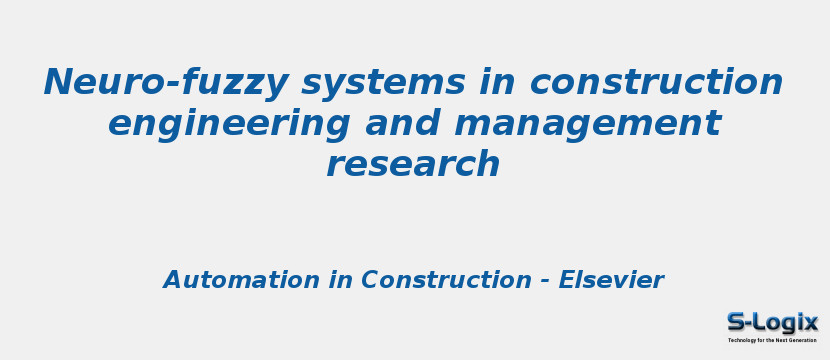Research Area: Machine Learning
Neuro-fuzzy systems (NFS) can explicitly represent and model the input–output relationships of complex problems and non-linear systems, like those inherent in real-world construction engineering and management (CEM) problems. This paper contributes three things previously lacking in CEM literature: a systematic review and content analysis of published articles related to NFS topics in CEM research; identification of criteria to evaluate different NFS; and recommendations to researchers and industry practitioners in choosing a suitable subset of NFS techniques for solving different types of CEM problems. The literature review reveals that NFS classification methods are based on NFS architecture, learning algorithm, fuzzy method, and application area. This paper systematically categorizes CEM application domains (decision making, prediction/forecasting, evaluation/assessment, system modeling and analysis, simulation, and optimization) and maps them to NFS based on their suitability, which is determined using the performance evaluation criteria of convergence speed, computational complexity, interpretability, accuracy, and local minima trapping.
Keywords:
Artificial intelligence
Construction engineering and management
Hybrid neuro-fuzzy systems
Content analysis
Literature review
Author(s) Name: Getaneh Gezahegne Tiruneh, Aminah Robinson Fayek, Vuppuluri Sumati
Journal name: Automation in Construction
Conferrence name:
Publisher name: Elsevier
DOI: 10.1016/j.autcon.2020.103348
Volume Information: Volume 119, November 2020, 103348
